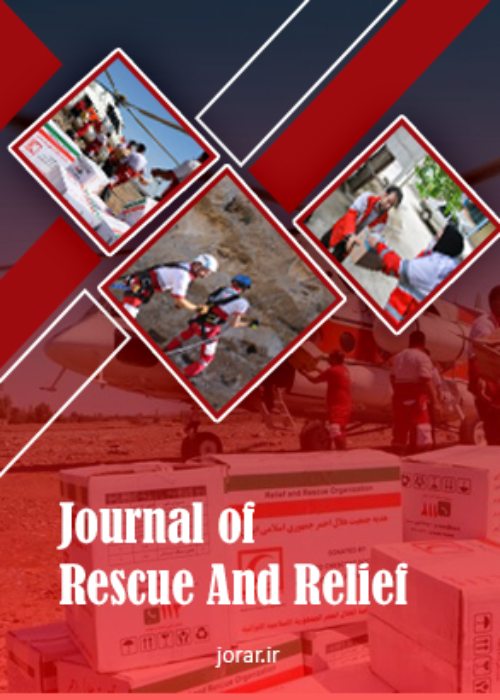Climate change effects Management with the approach of the uncertainty of Atmosphere-Ocean General Circulation Models in Hamadan Province, Iran
Since Iran is located in the semi-arid belt, it has faced such issues as drought, dust crisis, and intensified migration. The assessment of the effects of climate change includes identifying some key aspects of uncertainties used to estimate its impacts, such as uncertainties in the context of Atmosphere-Ocean General Circulation Models (AOGCMs): in regional-scale climatology, in statistical or dynamic downscaling methods, and parametric and structural uncertainties in different models. One of the most important sources of uncertainty in climate change is the use of different AOGCMs that produce different outputs for climate variables.
In this study, to investigate the uncertainty of AOGCM models, the downscaled data of the NASA Earth Exchange Global Daily Downscaled Projections dataset obtained from 21 AOGCMs with medium Representative Concentration Pathway4.5 scenario were downloaded from the NASA site for 81 cells in Hamadan Province, Iran. After the validation of the models, they were evaluated against the criteria of the coefficient of determination and model efficiency coefficient in comparison with the data of the Hamedan synoptic station in the statistical period of 1976-2005. To reduce the uncertainty of AOGCMs, the ensemble performance (EP) of models was used in Climate Data Operators software.
It was revealed that MRI-CGCM3, MPI-ESM-LR, BNU-ESM, ACCESS1-0, MIROC-ESM, MIROC-ESM-CHEM, and MPI-ESM-MR models had better performance than similar models. It was also found that IPSL-CM5A-LR, CNRM-CM5, CSIRO-Mk3-6-0, CESM1-BGC, and GFDL-ESM2M had the lowest correlation between observational and simulation data of mean monthly precipitation.
According to the results, this method could provide a good estimate in the base period (1976-2005), compared to the data of the Hamedan synoptic station, and was more accurate compared to the single implementation method of each AOGCM model. The results of EP of models in the future period (2020-2049) showed that precipitation will not change considerably in the future and will increase by 0.23 mm. In addition, the average, maximum, and minimum annual temperatures will increase by 1.54°C, 1.7°C, and 1.40°C, respectively.
- حق عضویت دریافتی صرف حمایت از نشریات عضو و نگهداری، تکمیل و توسعه مگیران میشود.
- پرداخت حق اشتراک و دانلود مقالات اجازه بازنشر آن در سایر رسانههای چاپی و دیجیتال را به کاربر نمیدهد.



